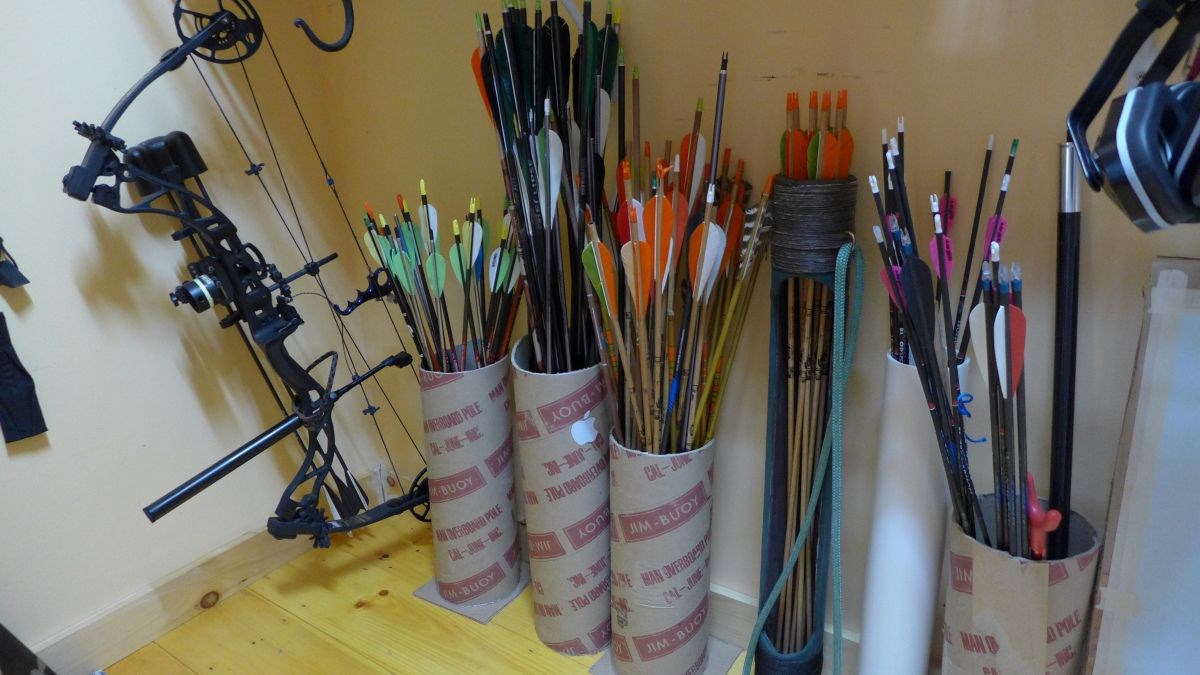

Articles
How To Store Arrows
Modified: December 7, 2023
Learn the best techniques for storing arrows safely and effectively in this comprehensive guide. Browse our collection of informative articles to find expert tips and advice on arrow storage.
(Many of the links in this article redirect to a specific reviewed product. Your purchase of these products through affiliate links helps to generate commission for Storables.com, at no extra cost. Learn more)
Introduction
When it comes to archery, the importance of properly storing arrows cannot be overstated. Whether you’re an avid hunter or a competitive archer, investing in a good storage system for your arrows is essential. Proper storage not only ensures the longevity of your arrows but also helps maintain their performance and accuracy over time.
Arrows are delicate and sensitive to external factors such as temperature, humidity, and physical damage. If not stored correctly, they can become bent, warped, or even break, rendering them useless. Additionally, improper storage can lead to deterioration of the arrow shafts, fletchings, and nocks, affecting their flight stability and overall performance.
In this article, we will guide you through the process of storing arrows effectively, helping you protect your investment and maximize the lifespan of your archery gear. We will cover everything from choosing the right storage container to cleaning and preparing your arrows for storage. So let’s dive in!
Key Takeaways:
- Proper arrow storage is crucial for maintaining arrow performance and longevity. Choose the right storage container, clean and prepare your arrows, and maintain optimal storage conditions to ensure consistent and accurate shots.
- Avoid common mistakes in arrow storage to prolong the lifespan of your arrows. Handle with care, maintain optimal conditions, and regularly inspect and maintain your arrows to safeguard them from damage and deterioration.
Read more: How To Assemble An Arrow Shed
Understanding the Importance of Proper Arrow Storage
Proper arrow storage is crucial for maintaining the performance and integrity of your arrows. Arrows are made up of various components, including the shaft, fletchings, and nocks, all of which can be affected by improper storage conditions.
One of the primary concerns when it comes to arrow storage is protecting the shaft from damage. Arrows are typically made from lightweight and flexible materials, such as carbon or aluminum. These materials can be easily bent or warped if not stored correctly. Even minor bends or warps can have a significant impact on arrow flight, leading to decreased accuracy and consistency.
The fletchings, located at the back of the arrow, also need to be preserved in optimal condition. Fletchings are responsible for stabilizing the arrow during flight and ensuring consistent arrow spin. If the fletchings become damaged or deformed due to improper storage, it can result in unpredictable arrow flight patterns and reduced accuracy.
The nocks, which are attached to the back end of the arrow and hold it in place on the bowstring, also need to be protected. Nocks that are subjected to excessive pressure or stored in extreme conditions may become brittle or weakened, leading to breakage or failure when the arrow is shot.
Furthermore, environmental factors such as temperature and humidity can greatly impact arrow performance and durability. Extreme temperatures can cause materials like carbon or aluminum to expand or contract, leading to small cracks or fractures in the arrow shafts. Similarly, high humidity levels can cause the arrow shafts to absorb moisture, which can weaken the structural integrity of the arrows over time.
By understanding the importance of proper arrow storage, you can take the necessary steps to protect your arrows from potential damage and ensure long-term performance. Next, we will explore the key considerations when choosing a storage container for your arrows.
Choosing the Right Storage Container
When it comes to storing your arrows, selecting the right storage container is essential in maintaining their condition. The ideal storage container should provide protection from physical damage, control temperature and humidity levels, and offer organization options for easy access to your arrows.
Here are some factors to consider when choosing a storage container:
- Material: Opt for a storage container made of sturdy materials that can withstand potential impacts and provide adequate insulation. Hard plastic containers or cases with foam inserts are popular choices for arrow storage.
- Size and Capacity: Consider the number of arrows you own and select a container that can comfortably accommodate them. It’s better to have some extra space to avoid crowding and potential damage to the arrows.
- Closure Mechanism: Look for a storage container with a secure closure mechanism, such as snap locks or latches, to prevent accidental opening and ensure that your arrows stay protected inside.
- Padding and Dividers: The container should provide sufficient padding or dividers to prevent the arrows from moving around and causing friction or damage to each other. Some containers come with pre-cut foam inserts designed specifically for arrows.
- Weatherproofing: If you plan on storing your arrows outdoors or in environments with fluctuating temperature and humidity, consider a storage container that offers weatherproofing features to protect your arrows from the elements.
Remember, the goal is to provide a safe and stable environment for your arrows to prevent any potential damage that may affect their performance. Once you have chosen the right storage container, the next step is to clean and prepare your arrows for storage, ensuring that they are in the best possible condition.
Cleaning and Preparing Arrows for Storage
Before storing your arrows, it’s important to clean and prepare them properly to ensure they remain in optimal condition during storage.
Here’s a step-by-step guide to cleaning and preparing your arrows:
- Inspect Your Arrows: Carefully examine each arrow for any signs of damage, such as cracks, chips, or bent shafts. Remove any damaged arrows from your storage rotation.
- Clean the Shaft: Use a soft cloth or towel to wipe down the arrow shafts, removing any dirt, debris, or residue. Avoid using harsh chemicals or abrasive materials that could damage the arrow surface.
- Check the Fletchings: Inspect the fletchings for any dirt buildup or damage. Gently brush off any loose dirt or use a damp cloth to remove stubborn stains. Take care not to bend or deform the fletchings during the cleaning process.
- Inspect the Nocks and Points: Examine the nocks and points of your arrows. Ensure that the nocks are securely attached and not cracked or damaged. Check the arrow points for any signs of wear or alignment issues.
- Apply Wax (if applicable): If you’re using wooden arrows, applying a thin layer of wax to the shafts can help protect them from moisture absorption and maintain their structural integrity.
- Allow Them to Dry: After cleaning, allow your arrows to air dry completely before storing them. Avoid storing wet arrows as it can lead to mold or moisture-related damage.
By following these cleaning and preparation steps, you can ensure that your arrows are in their best possible condition before storage. The next step is organizing your arrows in the storage container for easy retrieval and to prevent any potential damage.
Organizing Arrows in the Storage Container
Proper organization of your arrows within the storage container is essential for easy retrieval and to prevent any damage during storage. Here are some tips to help you organize your arrows effectively:
- Categorize by Type: If you have different types of arrows, such as hunting arrows, target arrows, or practice arrows, it’s useful to categorize them accordingly. This allows for quick and easy access when you need a specific type of arrow.
- Use Dividers: Utilize dividers or separators within the storage container to create compartments for each category of arrows. This helps prevent the arrows from shifting or rubbing against each other, reducing the risk of damage.
- Arrange Vertically: Storing arrows vertically allows for better visibility and accessibility. You can use foam inserts or specialized arrow holders to keep the arrows securely in place and prevent them from leaning or tilting.
- Labeling: Consider labeling the compartments or using color-coded markers or tape to easily identify the different categories of arrows. This simplifies the process of locating specific arrows when you need them.
- Separate Arrows from Accessories: If you store additional archery accessories, such as extra nocks, arrowheads, or vanes, ensure that they are stored separately from the arrows to avoid potential damage or tangling.
- Don’t Overcrowd: Avoid overcrowding the storage container, as this can put unnecessary pressure on the arrows and increase the risk of deformation or breakage. Allow enough space for each arrow to ensure they remain undisturbed.
By organizing your arrows in the storage container, you can maintain order, protect your arrows from damage, and easily locate the arrow you need when heading out for a hunt or practice session. However, proper organization is just one aspect of arrow storage. Maintaining optimal storage conditions is equally important.
Store arrows in a cool, dry place away from direct sunlight and extreme temperatures. Keep them in a quiver or arrow case to protect the fletching and tips from damage.
Read more: How To Draw An Arrow In CAD
Maintaining Optimal Conditions for Arrow Storage
Creating and maintaining optimal storage conditions is crucial for preserving the quality and performance of your arrows over time. Here are some key factors to consider:
- Temperature: Arrows should be stored in a cool and stable temperature environment. Extreme heat or cold can cause the materials to expand or contract, potentially leading to damage or warping. Aim for a temperature range of around 50 to 70 degrees Fahrenheit (10 to 21 degrees Celsius).
- Humidity: High levels of humidity can be detrimental to arrows, as they can absorb moisture and become weakened or warped. Aim for a humidity level of around 40 to 50%. If you live in a particularly humid area, consider using moisture-absorbing packs or dehumidifiers in the storage container.
- Light Exposure: Avoid exposing your arrows to direct sunlight for prolonged periods. Ultraviolet (UV) rays can cause fading, discoloration, and degradation of the arrow materials. Keep the storage container in a dark or low-light environment to minimize UV exposure.
- Stability: Store your arrows in a location where they are unlikely to be jostled or bumped. Excessive movement can lead to accidental damage or misalignment of components. Choose a stable and secure area for your storage container.
- Elevation: Consider the elevation of your storage area. Extreme changes in air pressure due to high altitudes can affect the integrity of arrow shafts. If you live in a high-altitude region, it’s advisable to consult with an expert or seek guidance on how to store arrows effectively.
By maintaining these optimal storage conditions, you can ensure that your arrows remain in top-notch shape and ready for use whenever you need them. However, it’s important to periodically inspect and maintain your stored arrows to identify any potential issues or malfunctions.
Periodic Inspection and Maintenance of Stored Arrows
Regular inspection and maintenance of your stored arrows are essential to ensure their continued performance and longevity. Here are some steps to follow:
- Inspect for Damage: Regularly examine your stored arrows for any signs of damage, such as cracks, chips, or bent shafts. Remove any damaged arrows from storage and replace them if necessary.
- Check Fletchings: Inspect the fletchings for any signs of wear, tear, or loosening. If necessary, re-glue or replace worn or damaged fletchings to maintain optimal stability and accuracy during arrow flight.
- Examine Nocks and Points: Inspect the nocks and points of your arrows for any signs of wear, cracks, or misalignment. Replace any damaged or malfunctioning components to ensure proper arrow functionality and shooting consistency.
- Clean as Needed: If you notice any dirt or debris buildup on your arrows, gently clean them using a soft cloth or towel. Avoid using abrasive materials or harsh chemicals that could damage the arrow surface.
- Apply Protective Wax (if applicable): If you’re using wooden arrows, periodically apply a thin layer of wax to the shafts to protect them from moisture absorption and maintain their structural integrity.
- Reorganize and Rotate: As you inspect and maintain your arrows, take the opportunity to reorganize your storage container, ensuring that arrows are properly categorized and organized. Additionally, it’s good practice to occasionally rotate the arrows in your storage to avoid prolonged pressure on a particular set.
- Ensure Optimal Storage Conditions: Check the temperature, humidity, and overall storage environment to confirm that optimal conditions are still being maintained. Make any necessary adjustments, such as adding or removing moisture-absorbing packs, to keep the environment stable and conducive to arrow storage.
By regularly inspecting and maintaining your stored arrows, you can identify and address any issues before they worsen and potentially affect your archery performance. Additionally, being proactive in maintaining your arrow storage demonstrates your commitment to preserving the quality and effectiveness of your archery equipment.
Avoiding Common Mistakes in Arrow Storage
To ensure the longevity and performance of your stored arrows, it’s important to avoid common mistakes that could lead to damage or deterioration. Here are some common pitfalls to watch out for:
- Excessive Pressure: Avoid storing heavy objects on top of your arrows or in a way that puts excessive pressure on them. This can lead to bending, deformation, or breakage of the arrow shafts.
- Improper Handling: When retrieving or returning arrows to the storage container, handle them with care. Rough handling or careless placement can result in accidental damage or misalignment of components.
- Storing Wet Arrows: Never store wet or damp arrows in the storage container, as moisture can cause mold, mildew, or warping of the arrow shafts. Allow the arrows to air dry completely before storing them to prevent any moisture-related damage.
- Ignoring Environmental Factors: Be mindful of the storage environment and avoid storing your arrows in areas exposed to extreme heat, cold, humidity, or direct sunlight. These environmental factors can degrade the arrow materials and affect their performance over time.
- Neglecting Regular Inspection: It’s essential to regularly inspect your stored arrows for any signs of damage or wear. Ignoring regular inspections can result in overlooked issues that may compromise the integrity and shooting performance of the arrows.
- Poor Organization: Inadequate organization within the storage container can lead to arrows rubbing against each other, causing friction and potential damage. Ensure proper categorization, dividers, and enough space to prevent overcrowding and mishandling of arrows.
- Forgetting Maintenance: Avoid neglecting the maintenance of your stored arrows. Regular cleaning, checking for loose components, and maintaining optimal storage conditions are vital to keeping your arrows in top shape.
By being aware of these common mistakes and taking the necessary precautions, you can avoid unnecessary damage and prolong the lifespan of your arrows. With proper arrow storage practices, you can enjoy consistent performance and accuracy whenever you take aim.
Conclusion
Proper arrow storage is essential for preserving the integrity, performance, and longevity of your archery equipment. By investing time and effort into storing your arrows correctly, you can ensure that they remain in optimal condition and continue to deliver accurate and consistent shots.
Remember to choose a suitable storage container that offers protection, organization, and stability for your arrows. Clean and prepare your arrows before storage to remove any dirt or residue that could compromise their performance. Organize them within the container, using dividers or compartments to prevent damage from shifting or rubbing.
Maintaining optimal storage conditions is equally important. Control the temperature and humidity levels, avoid direct sunlight, and keep the storage area stable and secure. Periodic inspection and maintenance of your arrows will help identify any issues and ensure they are promptly addressed.
Avoid common mistakes such as excessive pressure, improper handling, storing wet arrows, and neglecting regular maintenance. By being mindful of these pitfalls, you can safeguard your arrows from unnecessary damage or deterioration.
In conclusion, proper arrow storage is a crucial aspect of archery. By following the guidelines outlined in this article, you can enhance the lifespan of your arrows and enjoy consistent performance in your archery endeavors. Take the necessary steps to protect and care for your arrows, and they will serve you well for many shooting sessions to come.
Frequently Asked Questions about How To Store Arrows
Was this page helpful?
At Storables.com, we guarantee accurate and reliable information. Our content, validated by Expert Board Contributors, is crafted following stringent Editorial Policies. We're committed to providing you with well-researched, expert-backed insights for all your informational needs.
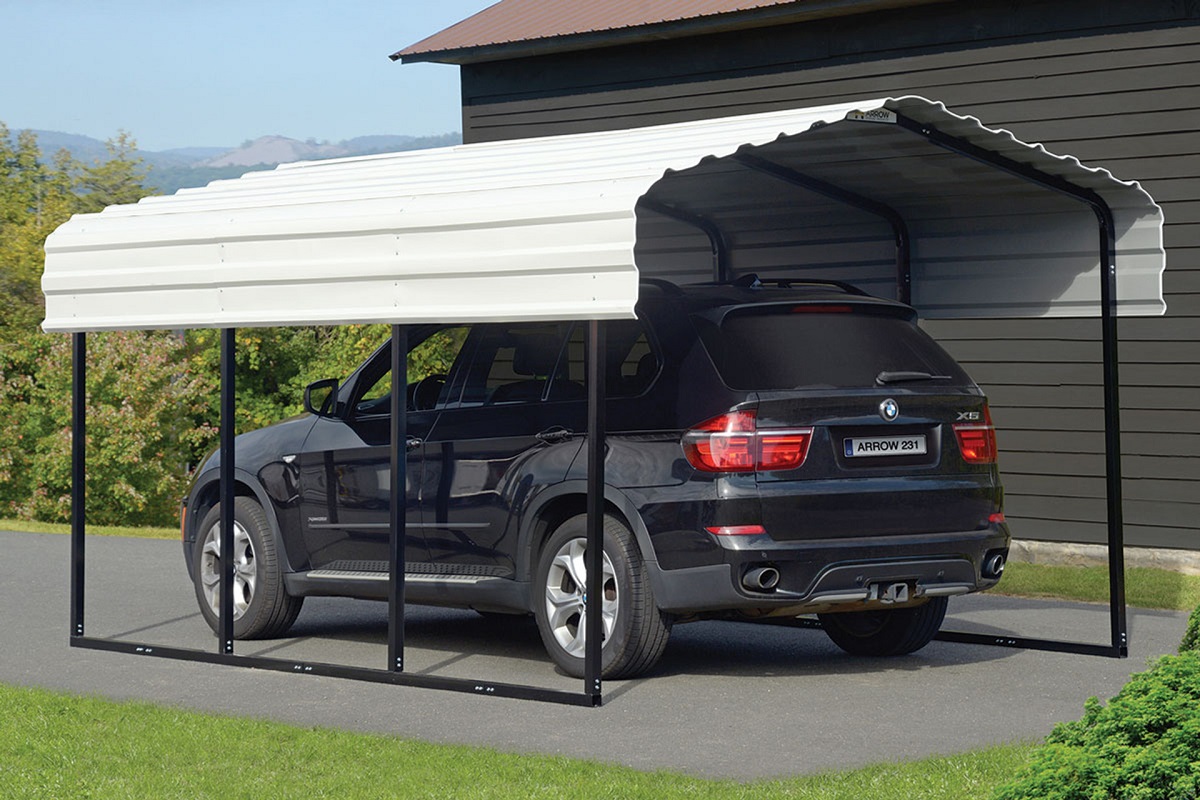



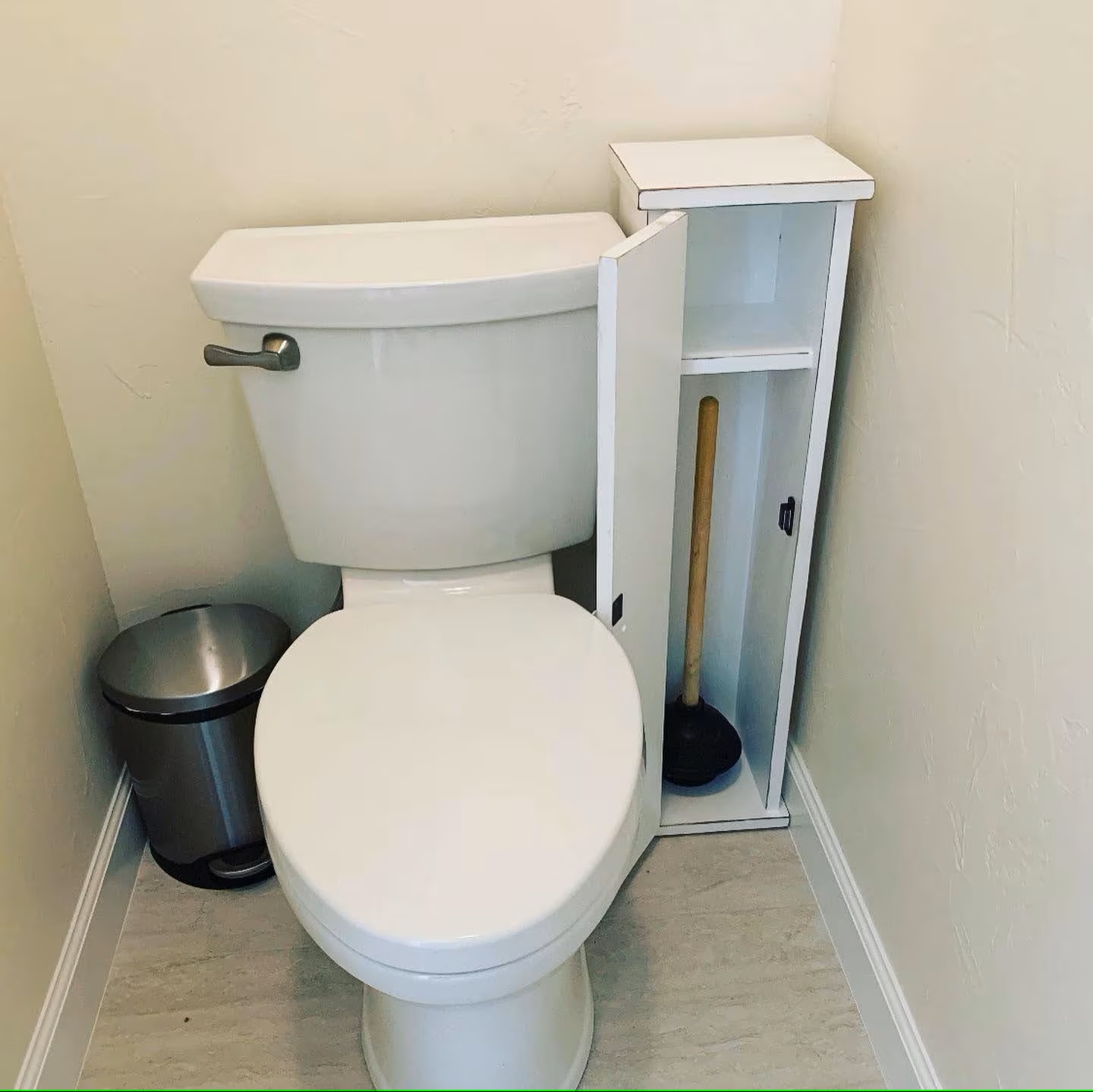


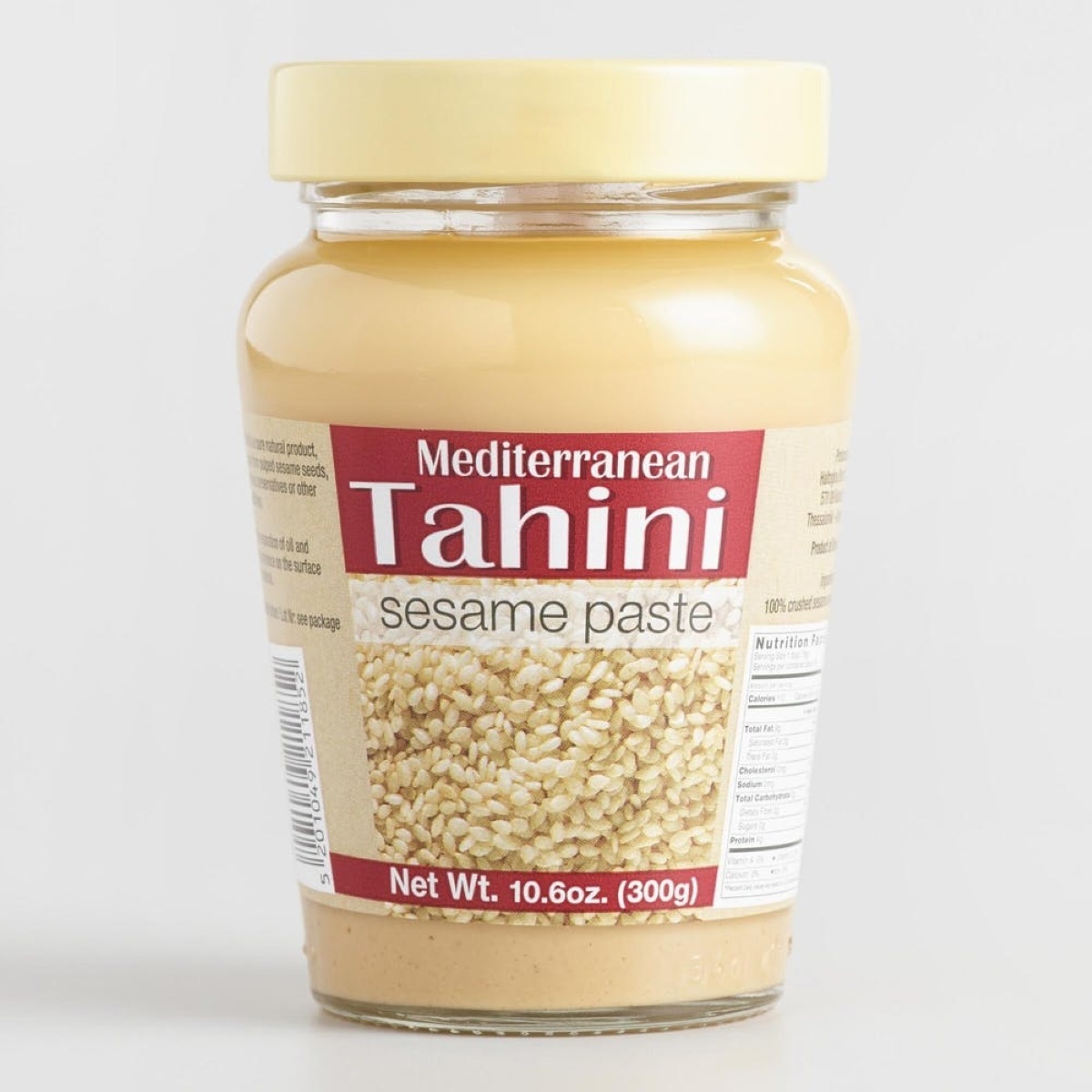


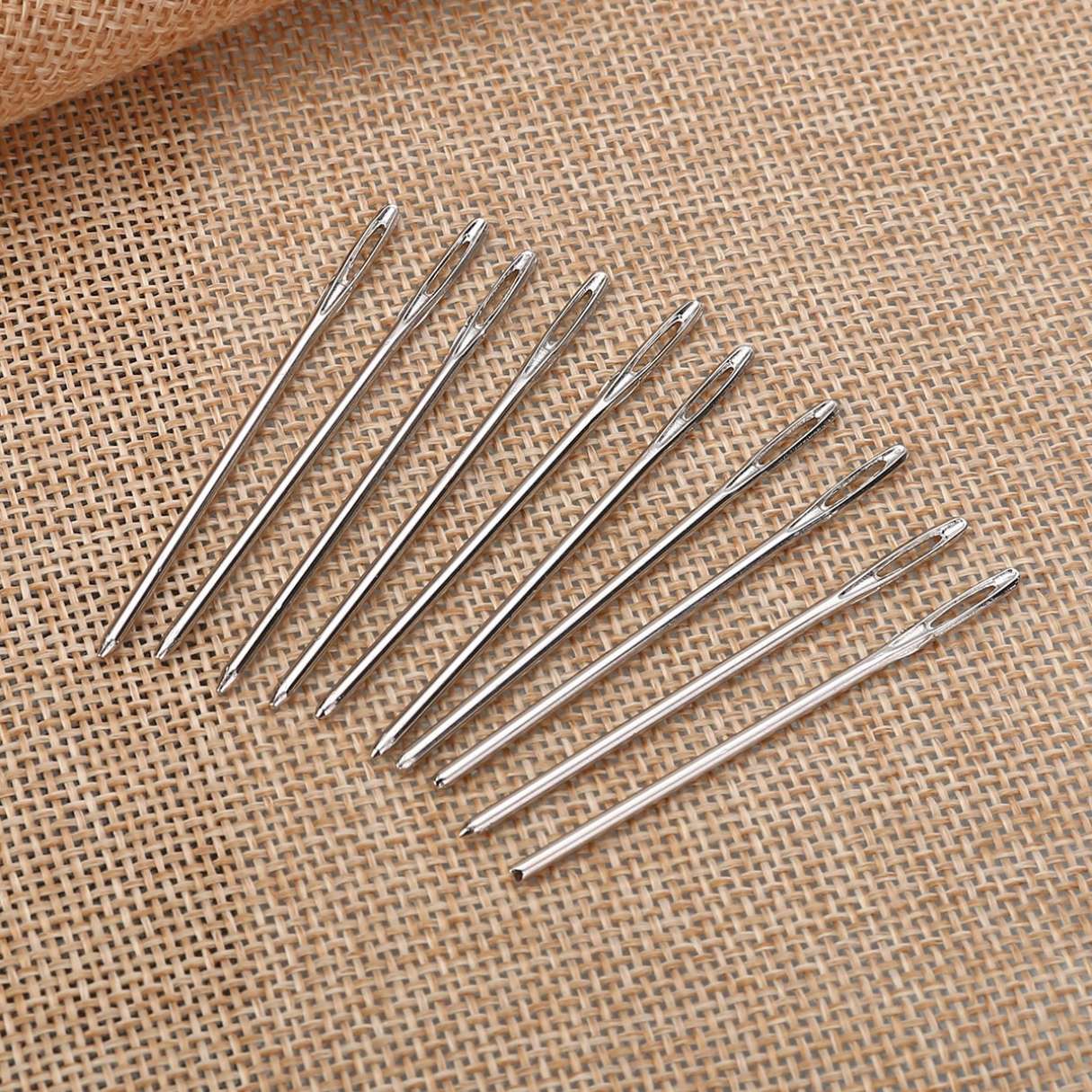
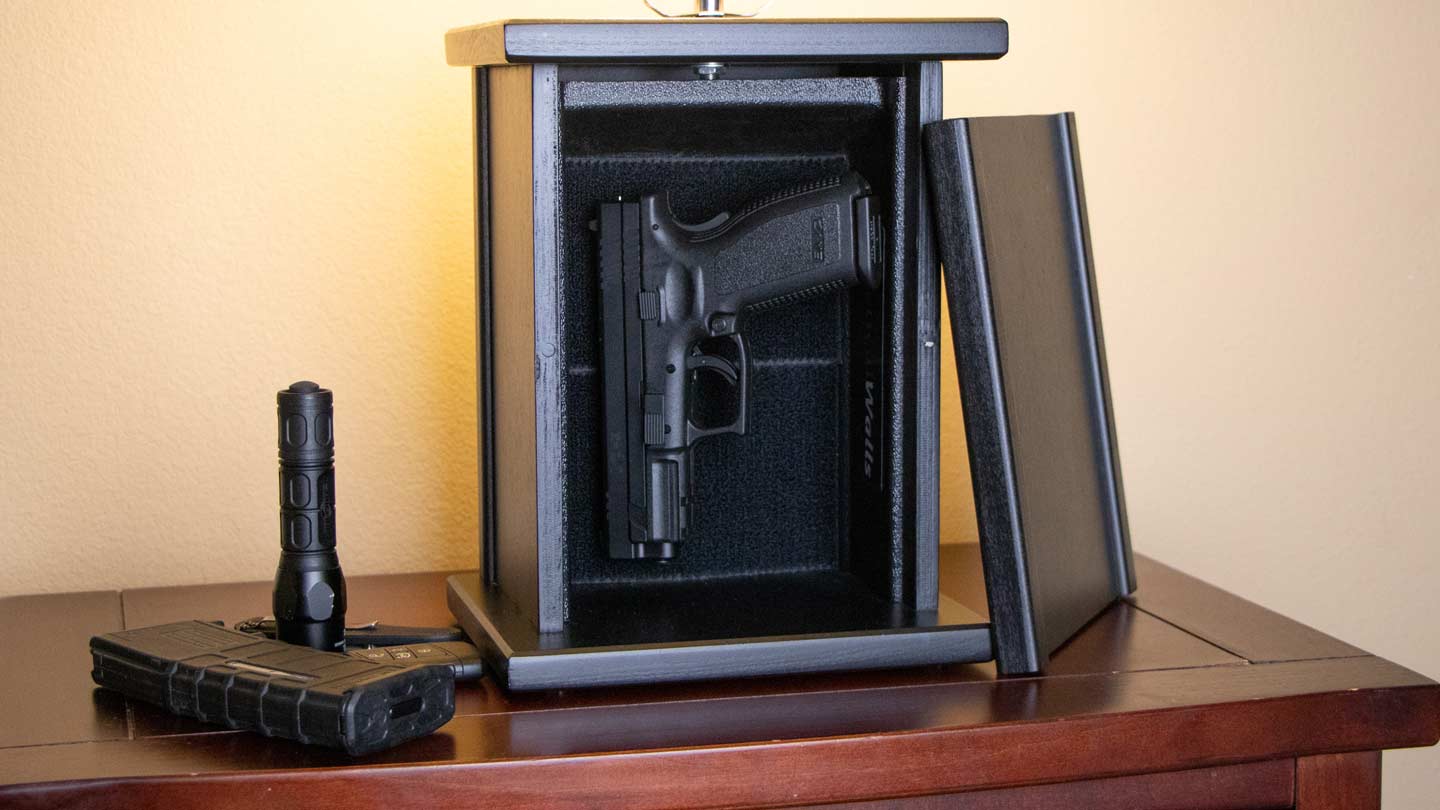



0 thoughts on “How To Store Arrows”